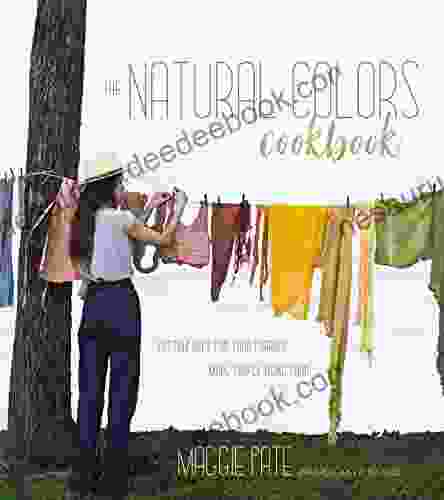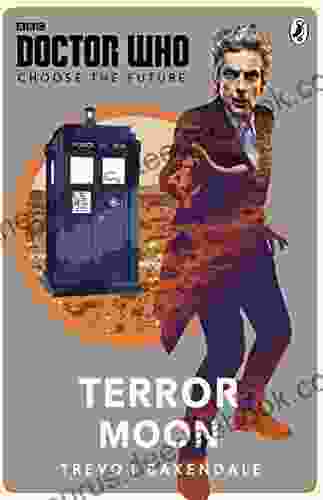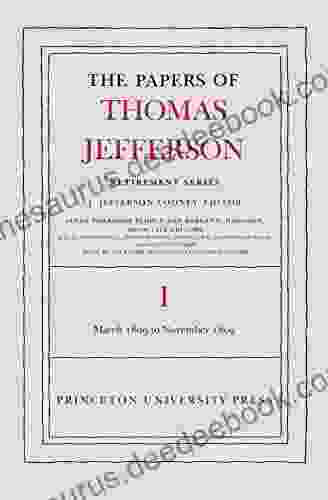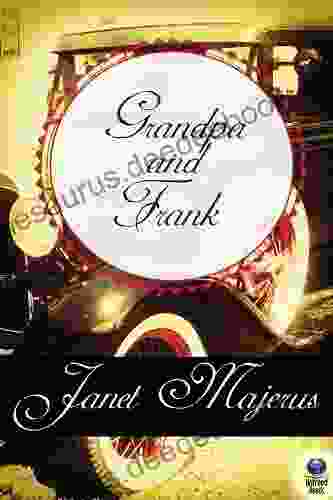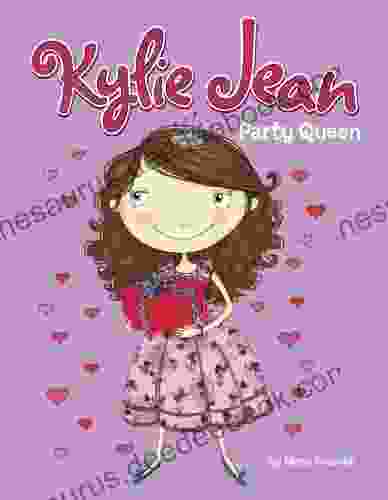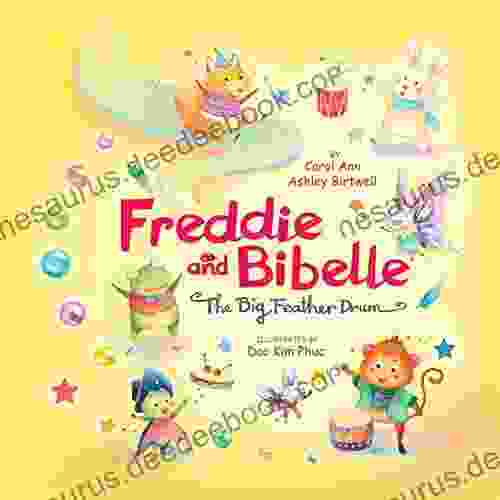Custom Hues for Your Fabrics Made Simple Using Food: A Comprehensive Guide to Natural Dyeing

As the world embraces sustainability and a return to traditional practices, the art of natural dyeing has witnessed a resurgence. One of the most accessible and cost-effective ways to achieve custom hues for your fabrics is by utilizing food as a natural dye source. This comprehensive guide will explore the fascinating world of food dyeing, providing detailed instructions, tips, and inspiration for creating vibrant and unique colors on your textiles.
Understanding the Basics of Food Dyeing
Food dyeing is the process of extracting pigments from food sources and transferring them to fabrics. Natural food dyes contain compounds called anthocyanins, carotenoids, and flavonoids, which are responsible for their vibrant hues. When these pigments are exposed to heat and an acidic or alkaline environment, they bind to the fibers of the fabric, resulting in permanent color.
4.6 out of 5
| Language | : | English |
| File size | : | 184714 KB |
| Text-to-Speech | : | Enabled |
| Screen Reader | : | Supported |
| Enhanced typesetting | : | Enabled |
| Print length | : | 79 pages |
| Item Weight | : | 10.6 ounces |
The type of food used, the extraction method, and the pH of the dye bath can significantly impact the resulting color. For instance, boiling onions in an acidic solution yields a warm yellow, while simmering beets in an alkaline environment produces a deep crimson.
Essential Equipment for Food Dyeing
To embark on your food dyeing adventures, you will need the following essential equipment:
- Large pots: Choose non-reactive pots made of stainless steel or enamel.
- Stirring utensils: Long wooden spoons or heat-resistant spatulas for stirring the dye bath.
- Strainer: To filter out food particles from the dye.
- Measuring cups and spoons: For precise measuring of ingredients.
- pH test strips: To determine the acidity or alkalinity of the dye bath.
- Mordant: A substance like vinegar or alum that helps the dye bond to the fabric.
Preparing the Fabric for Dyeing
Before dyeing your fabrics, it is crucial to prepare them properly to ensure optimal dye uptake and colorfastness:
- Wash the fabric: Remove any impurities or finishes by washing the fabric in hot water with a mild detergent.
- Soak the fabric in warm water: This helps open up the fibers and allows the dye to penetrate more easily.
- Add mordant: Dissolve the mordant in warm water and soak the fabric for 30-60 minutes. This step enhances the bonding between the fabric and the dye.
Extracting the Dye from Food
There are several methods for extracting dye from food:
- Boiling: Place the food in a large pot of water and bring it to a boil. Reduce heat and simmer for 30-60 minutes.
- Steaming: Steam the food over a pot of boiling water for 30-60 minutes.
- Macerating: Mash or crush the food and soak it in water for several hours or overnight.
- Juicing: Extract the juice from fruits or vegetables and use it directly as the dye.
Creating the Dye Bath
Once the dye has been extracted, it is time to create the dye bath:
- Strain the dye: Remove any food particles from the dye using a fine-mesh strainer.
- Add water: Dilute the dye with water to achieve the desired intensity. The ratio of dye to water will vary depending on the intensity of the color you want.
- Adjust the pH: Use pH test strips to check the acidity or alkalinity of the dye bath. If necessary, add vinegar (for acidic dyes) or baking soda (for alkaline dyes) to achieve the optimal pH.
- Add salt: Salt helps enhance the dye's penetration into the fabric.
Dyeing the Fabric
With the dye bath prepared, it is time to immerse the fabric:
- Wet the fabric: Dip the prepared fabric into warm water to ensure even dye absorption.
- Immerse the fabric in the dye bath: Submerge the fabric completely in the dye bath. Use a wooden spoon or spatula to gently agitate the fabric and promote even dye distribution.
- Monitor the dyeing process: The dyeing time will vary depending on the intensity of the color you want and the type of fabric. Check the color regularly and remove the fabric when the desired shade is achieved.
Rinsing and Setting the Dye
Once the fabric has been dyed, it is essential to rinse and set the dye:
- Rinse the fabric: Rinse the dyed fabric in cold water until the water runs clear.
- Use a color fixer: Add a color fixer, such as vinegar or citric acid, to the final rinse water. This helps prevent the dye from fading.
- Dry the fabric: Dry the fabric flat or hang it in a shady spot to prevent fading from direct sunlight.
Food Dye Sources and Their Colors
The possibilities for creating custom hues using food are endless. Here is a table listing common food sources and the colors they produce:
| Food Source | Color Range | |---|---| | Onions | Yellow to brown | | Turmeric | Yellow to orange | | Beets | Pink to crimson | | Blueberries | Blue to purple | | Avocado | Pink to brown | | Spinach | Green | | Pomegranate | Red to pink | | Blackberries | Purple to black |
Additional Tips for Successful Food Dyeing
- Use natural fibers such as cotton, linen, wool, or silk for optimal dye absorption.
- Experiment with different extraction methods and mordants to achieve diverse effects.
- Don't be afraid to mix different food dyes to create custom colors.
- Test the dye on a small swatch of fabric before dyeing larger quantities.
- Handle the dyed fabrics gently to avoid color transfer.
Food dyeing is an accessible and sustainable way to add vibrant and unique colors to your fabrics. By understanding the basics, experimenting with different food sources, and following the proper steps, you can create custom hues that will transform your textiles and bring a touch of nature into your home. Whether you are a seasoned crafter or a beginner looking to explore natural dyeing, the world of food dyeing is an endless source of inspiration and creativity. So, gather your kitchen supplies, embrace the beauty of nature, and let the colors of food dance upon your fabrics.
4.6 out of 5
| Language | : | English |
| File size | : | 184714 KB |
| Text-to-Speech | : | Enabled |
| Screen Reader | : | Supported |
| Enhanced typesetting | : | Enabled |
| Print length | : | 79 pages |
| Item Weight | : | 10.6 ounces |
Do you want to contribute by writing guest posts on this blog?
Please contact us and send us a resume of previous articles that you have written.
 Book
Book Page
Page Text
Text Genre
Genre Reader
Reader Library
Library E-book
E-book Bookmark
Bookmark Shelf
Shelf Foreword
Foreword Preface
Preface Footnote
Footnote Manuscript
Manuscript Scroll
Scroll Bestseller
Bestseller Classics
Classics Library card
Library card Autobiography
Autobiography Dictionary
Dictionary Thesaurus
Thesaurus Narrator
Narrator Character
Character Resolution
Resolution Card Catalog
Card Catalog Periodicals
Periodicals Research
Research Scholarly
Scholarly Lending
Lending Reserve
Reserve Academic
Academic Journals
Journals Reading Room
Reading Room Interlibrary
Interlibrary Literacy
Literacy Study Group
Study Group Thesis
Thesis Storytelling
Storytelling Book Club
Book Club Theory
Theory Textbooks
Textbooks Scott La Counte
Scott La Counte Lori Allen
Lori Allen Avay Shukla
Avay Shukla Carole Hopson
Carole Hopson Gustave Aimard
Gustave Aimard Vickie Kraft
Vickie Kraft Kingsley Okonkwo
Kingsley Okonkwo Ray Morton
Ray Morton Druin Burch
Druin Burch Ton Viet Ta
Ton Viet Ta George Mcclements
George Mcclements Patty Loew
Patty Loew Arthur Friedheim
Arthur Friedheim Tennessee Williams
Tennessee Williams John Shirley
John Shirley Catherine Tidd
Catherine Tidd Michael Moynihan
Michael Moynihan Loryn Brantz
Loryn Brantz Lawrence Weschler
Lawrence Weschler Barbara Hand Clow
Barbara Hand Clow
Light bulbAdvertise smarter! Our strategic ad space ensures maximum exposure. Reserve your spot today!
 Arthur MasonFollow ·11k
Arthur MasonFollow ·11k J.D. SalingerFollow ·19.1k
J.D. SalingerFollow ·19.1k Devon MitchellFollow ·3.1k
Devon MitchellFollow ·3.1k Chris ColemanFollow ·11.8k
Chris ColemanFollow ·11.8k Oscar BellFollow ·4.6k
Oscar BellFollow ·4.6k Fletcher MitchellFollow ·3.6k
Fletcher MitchellFollow ·3.6k Dennis HayesFollow ·10.3k
Dennis HayesFollow ·10.3k Alexander BlairFollow ·17.4k
Alexander BlairFollow ·17.4k

 Gary Reed
Gary ReedWeb to Web for Beginners: A Comprehensive Guide to...
In today's interconnected world, websites...

 Elliott Carter
Elliott CarterThe Moon Is Down: John Steinbeck's Poignant Portrait of...
In the annals of literature, John...
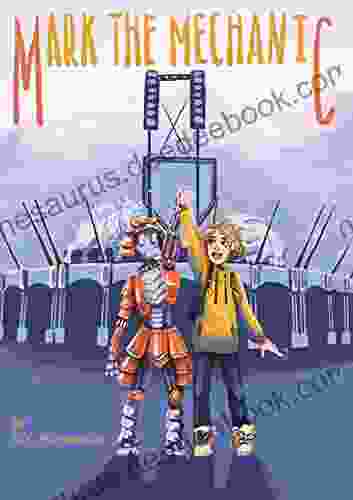
 Dalton Foster
Dalton FosterMark The Mechanic: The Incredible Story Of A Young...
In the vibrant realm of robotics, where...

 Fred Foster
Fred FosteriPhone 13 Pro Max User Guide: Everything You Need to Know
The iPhone 13 Pro Max...

 Rodney Parker
Rodney ParkerPope John Paul II: The Pocket Giant Who Inspired Millions
Pope John Paul II, or...
4.6 out of 5
| Language | : | English |
| File size | : | 184714 KB |
| Text-to-Speech | : | Enabled |
| Screen Reader | : | Supported |
| Enhanced typesetting | : | Enabled |
| Print length | : | 79 pages |
| Item Weight | : | 10.6 ounces |


